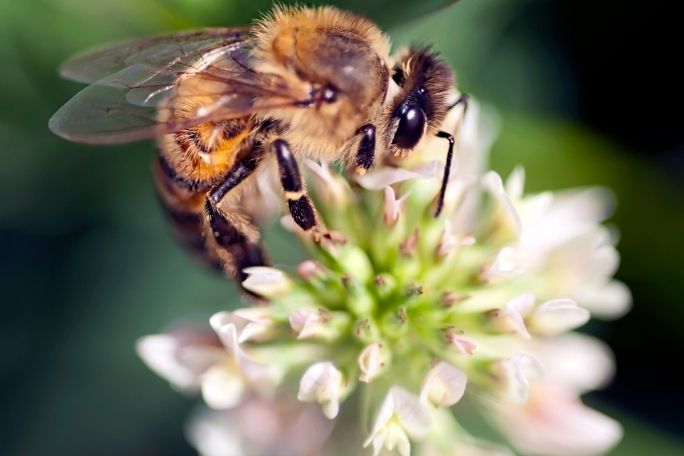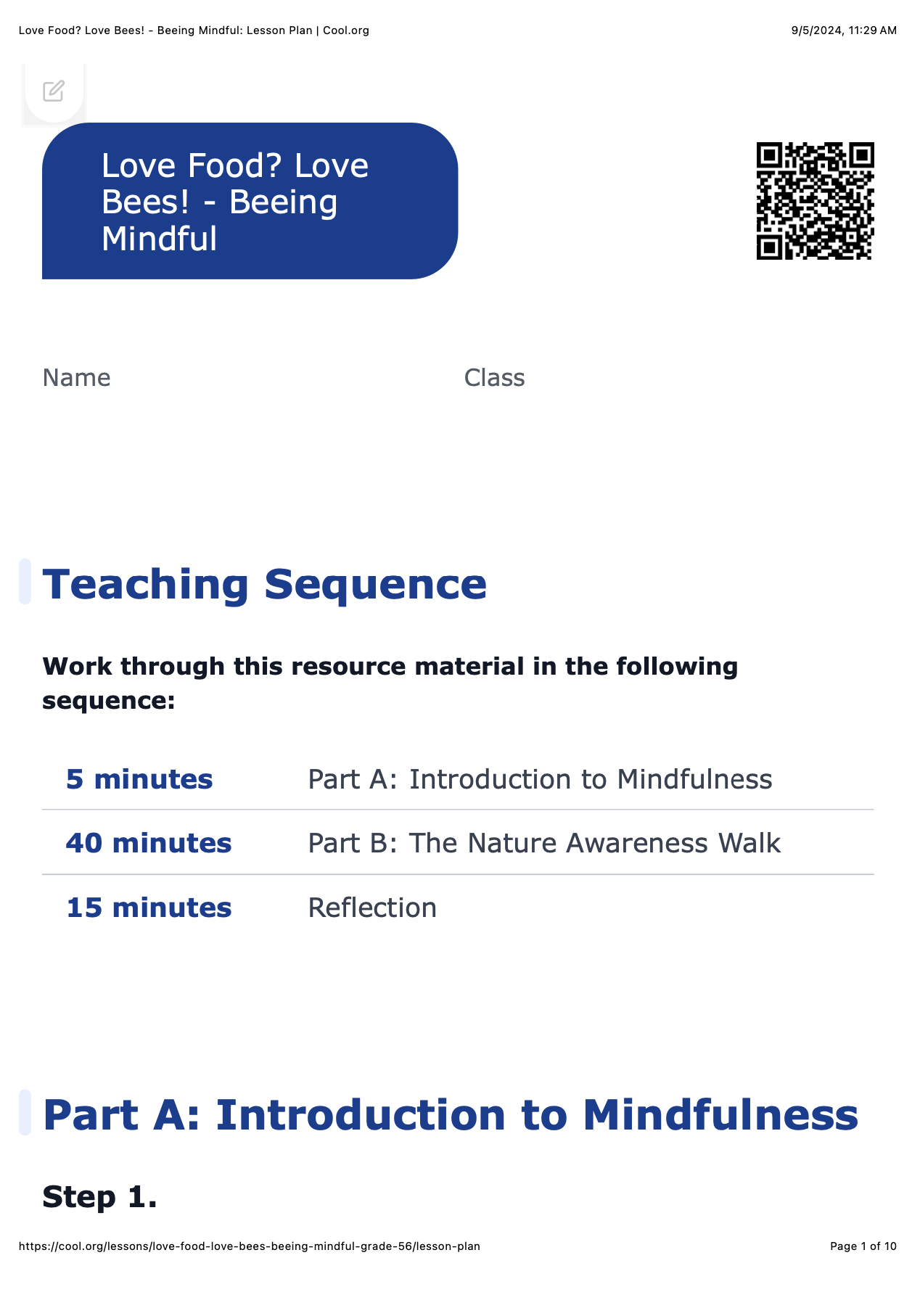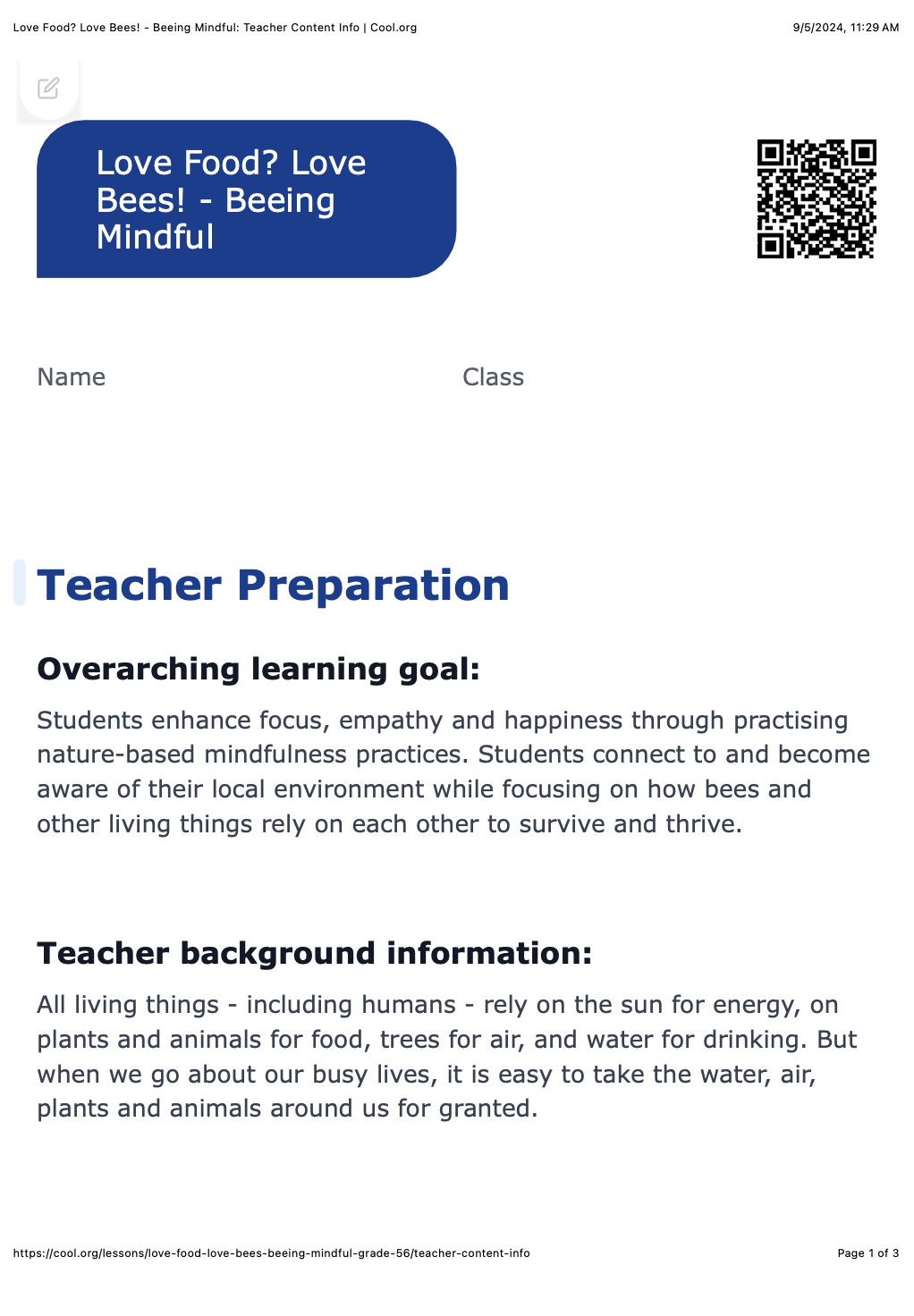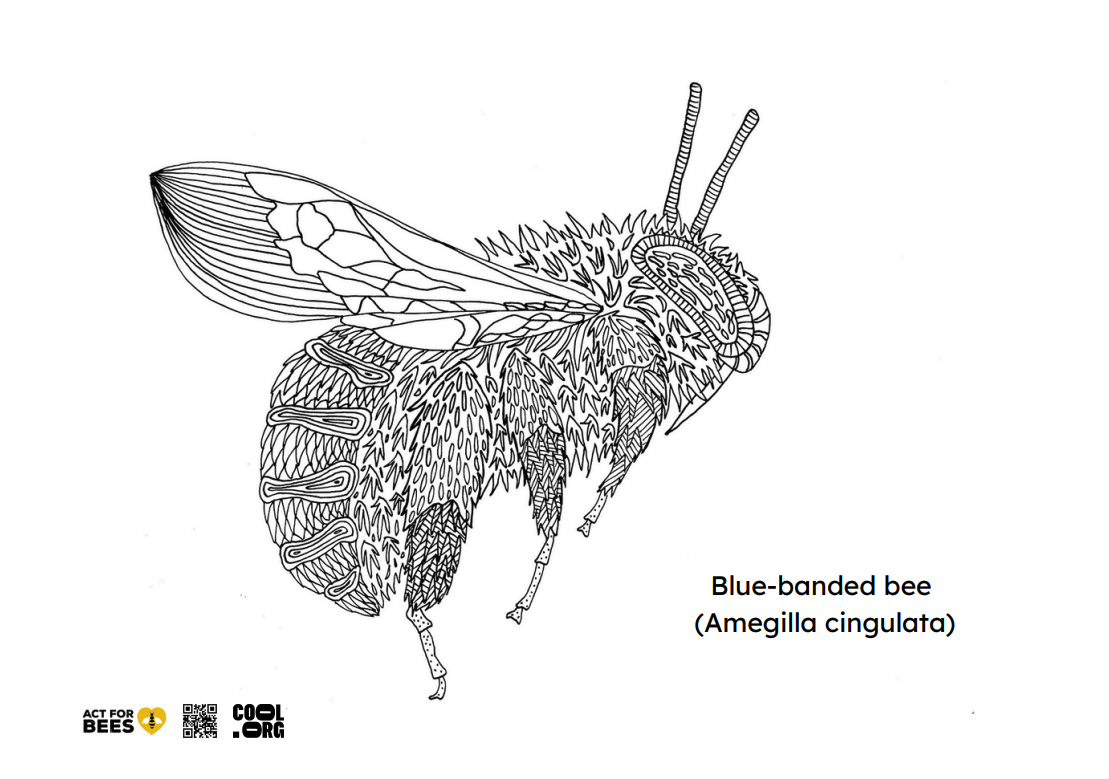Lesson summary
Bees pollinate at least a third of everything we eat and play a vital role in sustaining our ecosystems, therefore they need to be valued and protected. This lesson introduces students to the topic of bees through nature-based mindfulness practices. This mindfulness activity is designed to connect students to their local environment while teaching awareness of posture, breathing, relaxation and concentration. Nature metaphors and references to bees are imbued in these practices as a technique to connect students the themes throughout the Love Food? Love Bees! unit.
Learning intentions
Students will...
- understand the vital role of bees in sustaining ecosystems and how they contribute to pollination.
- explore mindfulness techniques to enhance focus, empathy, and connection to the natural world.
Success criteria
Students can...
- explain how bees are connected to the local environment and their relationships with other living things
- demonstrate mindfulness practices, including awareness of posture, breathing, and concentration, linking these practices to the natural world.
Lesson guides and printables
Curriculum links
Select your curriculum from the options below.
Lesson details
Skills
This lesson is designed to build students’ competencies in the following skills:
- critical thinking
- communication
- creativity
- collaboration
- ethical understanding
Curriculum Mapping
Australian curriculum content description:
These activities can be used with all subject areas to enable deep focus and engagement with students; however, the following curriculum links directly relate to these activities.
Year 5 & 6 Health and Physical Education:
- Plan and practise strategies to promote health, safety and well being (ACPPS054)
- Examine the influence of emotional responses on behaviour and relationships (ACPPS056)
- Investigate the role of preventive health in promoting and maintaining health, safety and well being for individuals and their communities (ACPPS058)
- Explore how participation in outdoor activities supports personal and community health and well being and creates connections to the natural and built environment (ACPPS059)
Year 5 Science:
- Living things have structural features and adaptations that help them to survive in their environment (ACSSU043)
Year 6 Science:
- The growth and survival of living things are affected by physical conditions of their environment (ACSSU094)
General capabilities: Personal and Social Capability.
Cross-curriculum priority: Sustainability OI.2.
Unit of work: Love Food? Love Bees!
Level of teacher scaffolding: High – lead students in mindfulness activities.
UN Sustainable Development Goals
- Target 15.5: Take urgent and significant action to reduce the degradation of natural habitats, halt the loss of biodiversity and, by 2020, protect and prevent the extinction of threatened species.
Resources Required
- An outside space for the nature walk
- ‘Mindful Colouring – Blue-Banded Bee‘ sheet, some coloured pencils and a clipboard to each student (for the extension activity).
Additional Info
This lesson has been created in partnership with ACT for Bees. ACT for Bees is a not-for-profit organisation taking action to preserve these essential pollinators, ensuring a food-secure future.
Related Professional Learning
How To Teach Sustainability With Hope
Quick summary: This course is for both primary and secondary teachers of all subjects, but especially for English, Science, Humanities and Geography teachers who are covering climate change and the cross-curriculum priority of sustainability.




Welcome back!
Don't have an account yet?
Log in with:
Create your free Cool.org account.
Many of our resources are free, with an option to upgrade to Cool+ for premium content.
Already have an account?
Sign up with:
By signing up you accept Cool.org's Terms and Conditions(Opens in new tab) and Privacy Policy(Opens in new tab).